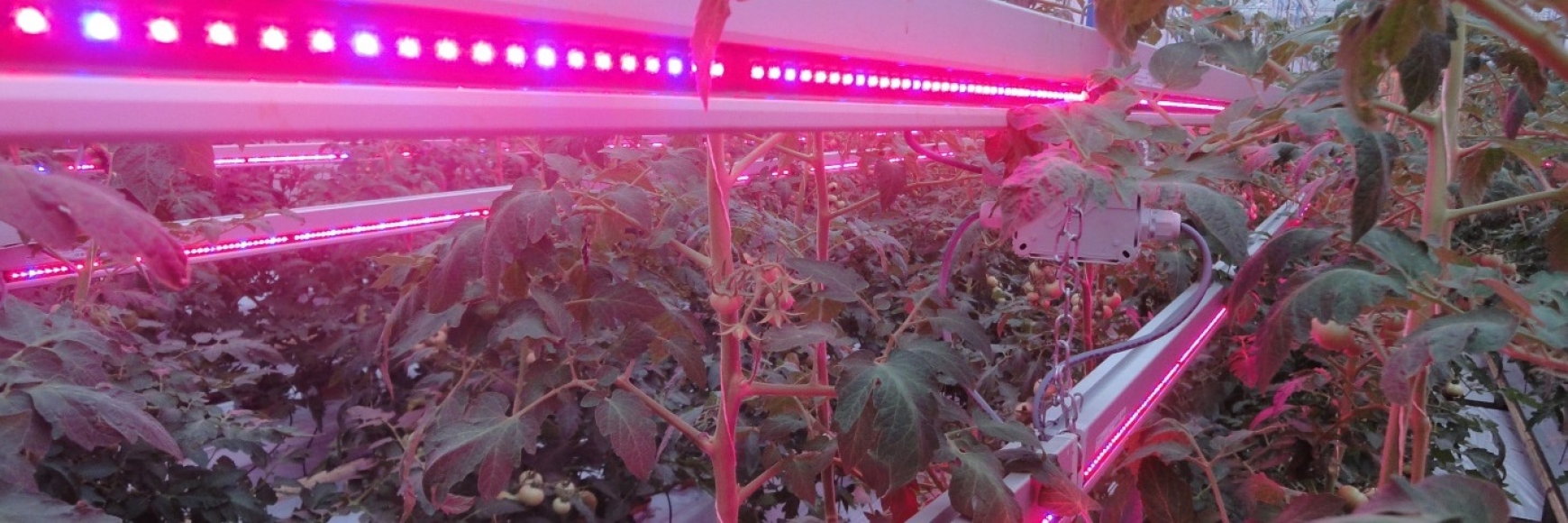Evidence suggests that LED lights, which are well matched to plant requirement, can stimulate greater plant growth and crop yield than conventional assimilation lighting (e.g. high-pressure sodium). In fact, when used in underground or vertical farms, LED’s can even be used to substitute natural light altogether. So, why isn’t everyone jumping on the bandwagon?
In May, I attended a conference on Horticultural Lighting in the Netherlands, where industry experts presented the latest information on the subject. Capital cost still seems to be the primary issue; despite their development, the price of LEDs is still considerably higher than high pressure sodium (HPS) lamps.
Based on electricity savings alone, the payback of LED lighting is a lengthy one and, with the crop quality and yield associated with LEDs, it can be difficult to quantify the increased value associated with their use. Factor in, too, that LEDs produce significantly less heat than HPS, therefore contributing less to the heating of the greenhouse, and growers begin to question the financial viability of the technology.
HPS assimilation lighting remains the industry standard for now, but expect LEDs to slowly gain in popularity, as the technology continues to develop, prices become more competitive and benefits associated with yield and quality begin to be understood better.


